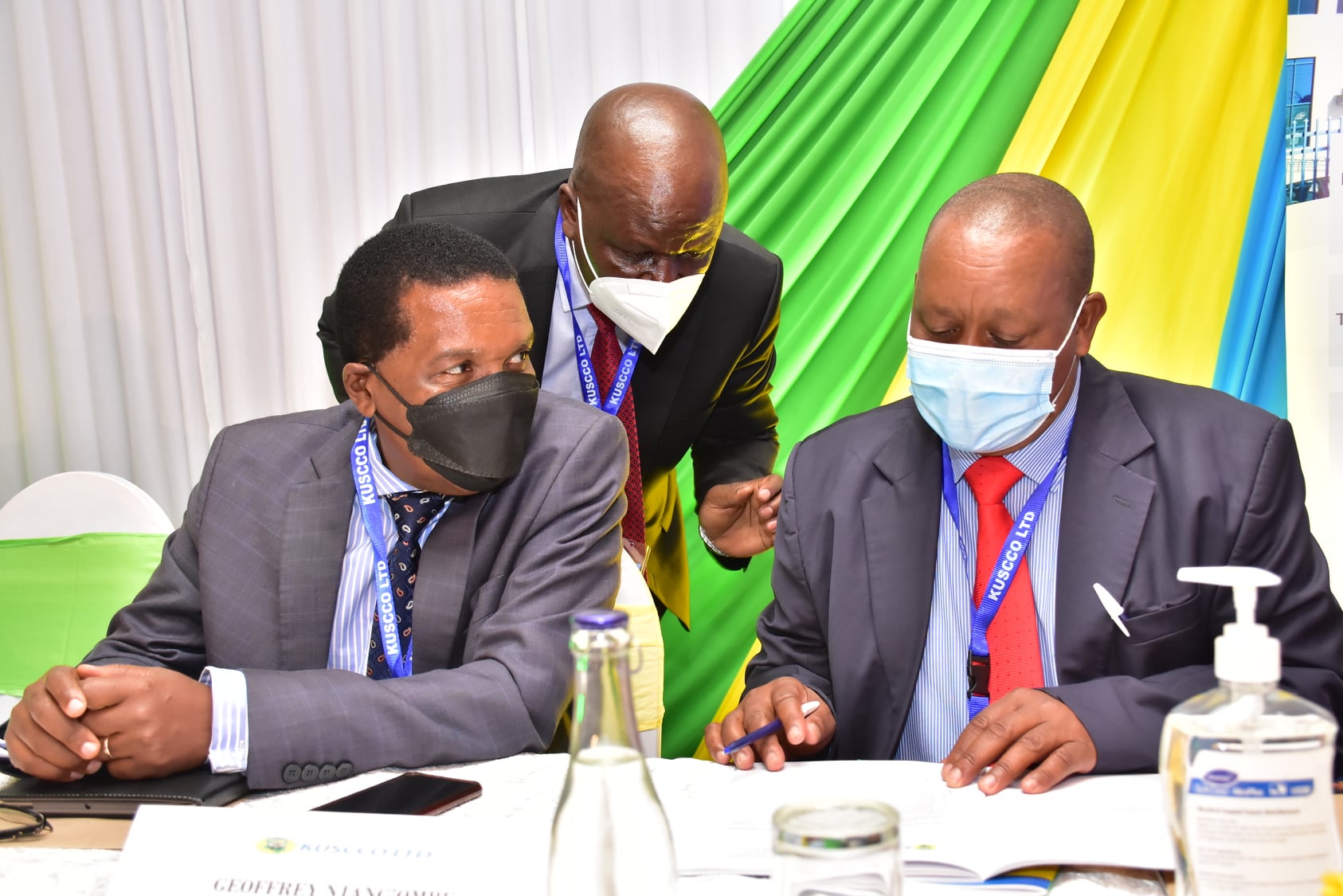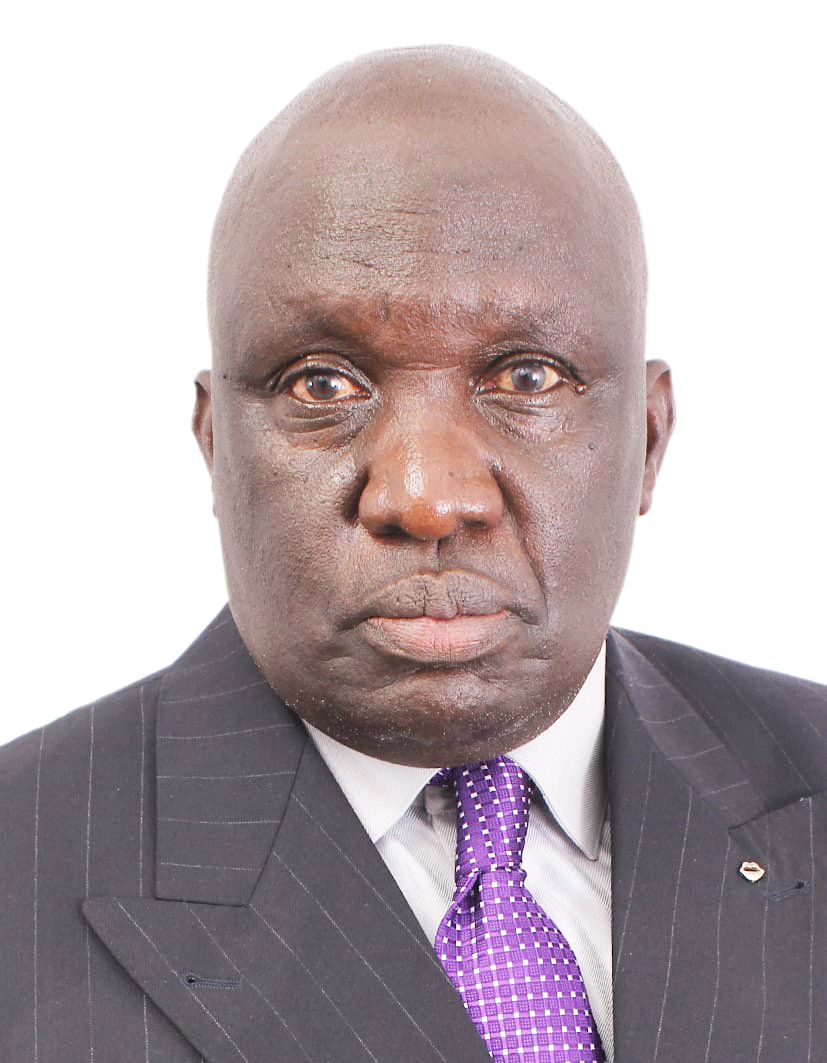By Sammy Chivanga
Savings and Credit Cooperative Organizations (Saccos) members tapped Sh54.19 billion additional loans last year on the back of coronavirus disruptions that hurt incomes for households.
The new credit saw the loan book of Deposit-Taking (DT) Saccos rise by 13.41 percent to Sh473.74 billion from Sh419.55 billion, being the fastest jump in four years. Only in 2016 was the rise (15.3 percent) higher than this.
Sacco Societies Regulatory Authority (SASRA) report says the finding means that Saccos continued to lend to their members in the same way they did in the previous years despite the impact of Covid-19 Pandemic on the national economy.
“The increase in the gross loans’ portfolio shows that notwithstanding the adverse effect of the Covid–19 pandemic and the associated governmental restrictions, the DT-Saccos continued to advance loans to their members,” says SASRA.
Saccos were a safe harbor for millions of members seeking loans for survival. At 13.41 percent, the loan book of Saccos expanded at a faster pace than that of banks.
Commercial banks’ loan book grew by 8.36 percent to Sh3 trillion while microfinance banks cut their loan book by 3.2 percent to Sh48.85 billion.
Part of the motivation to lend more was the recovery in the pace of deposits mobilization—a key source for lending.
Deposits grew at 13.41 percent to reach Sh431.46 billion, marking the fastest pace of growth in this key lending resource since 2016.
“These deposits formed the bedrock of sources of funding of the assets and shows that notwithstanding the impacts associated with the Covid-19 pandemic, DT-Saccos were still able to mobilize deposits at a near similar rate as the growth in their assets’ portfolios,” notes SASRA.
The increased pace of lending by Saccos was despite a deterioration in the non-performing loans (NPLs) ratio from 6.15 percent in the previous year to 8.39 percent in 2020.
Actual gross NPLs jumped from Sh25.79 billion to Sh39.86 billion, highlighting the impact of disrupted income flows for households in the pandemic period.
The rise in the portion of credit which had gone for at least 90 days without being serviced was directly attributed to the impact of the pandemic which resulted in delay of repayments of some loans advanced to the members particularly among the non-employer-based Saccos.
This was evidenced from the increase in the substandard, doubtful and loss categories of the loan portfolio, which together constitute the NPLs portfolio.
Many firms were laying off workers, cutting salaries and sending others on unpaid leaves in an environment of falling revenues, making it difficult for some Sacco members to keep up with loan obligations.
Economic fallout saw the number of dormant members in Saccos surge by 79.55 percent to 1.37 million.
The pace of growth in dormant membership was the fastest in recent years and came on the back of economic fallout that hit Kenya after Covid-19 set in mid-March last year.
The Sacco members who are no longer active savers now account for a quarter of the 5.4 million total members in deposit-taking (DT) Saccos, according to Sacco Societies Regulatory Authority (SASRA) report.
However, SASRA analysis showed a total of 66 DT-Saccos had their NPLs below five percent, out of which 30 had their NPLs below two percent.
This implies that almost 98 percent of their loans were generally performing, giving Saccos the impetus to lend more.
SASRA says Saccos demonstrated resilience by cutting the allowance for loan loss reduced from 26.95 percent to 24.78 percent.
“This shows that a majority of the Sacco members continued to promptly service their loan repayments during the period and very few of the loans were not being serviced in accordance with their contractual obligations,” said SASRA.
NPLs ratio tracks the portion of total loans that has remained unpaid for at least three months and a higher figure points to customers struggling to keep up with repayments.
The latest NPL ratio is above the maximum of five percent that is prescribed by the SASRA but better off than that of banks.
DT-Saccos have consistently been able to register a lower non-performing loans rate compared to the commercial or the microfinance banking institutions.
For instance, the 8.39 percent NPLs ratio in Sacco movement was still below the 14.5 percent and 26.6 percent that was reported by commercial banks and microfinance banking institutions.
Saccos usually face a delicate balance between stability and loaning to members given that societies run on a multiplier model that allows members to access loans of up to three times of their savings.


